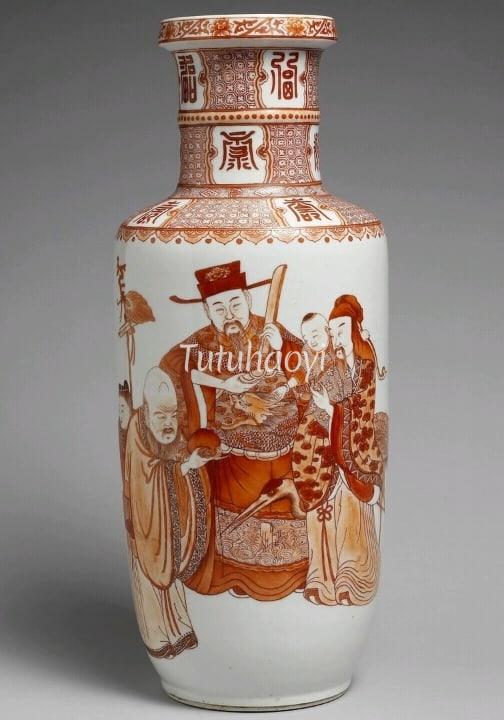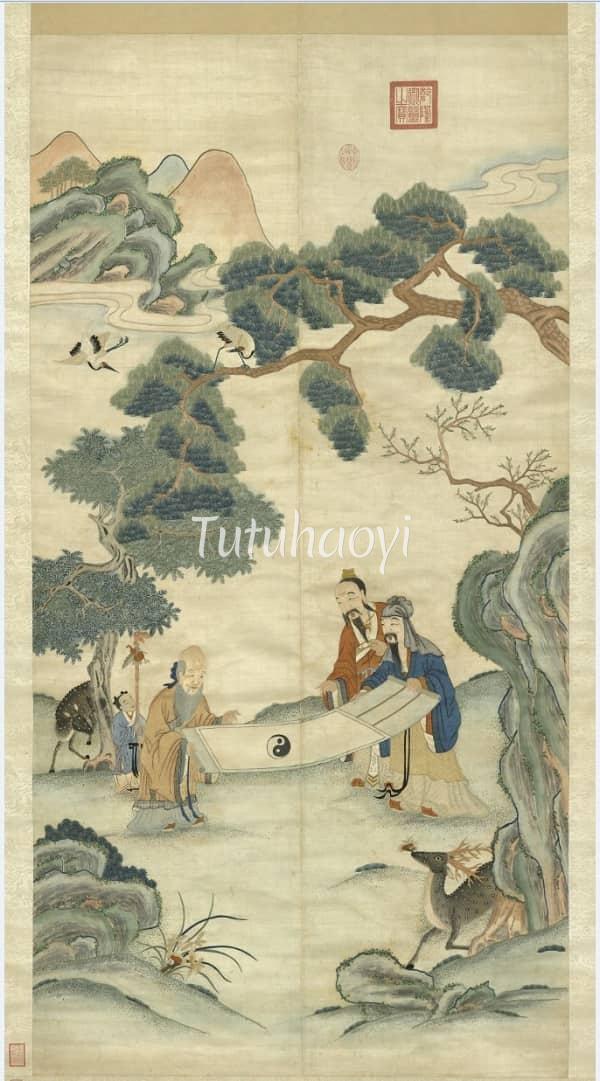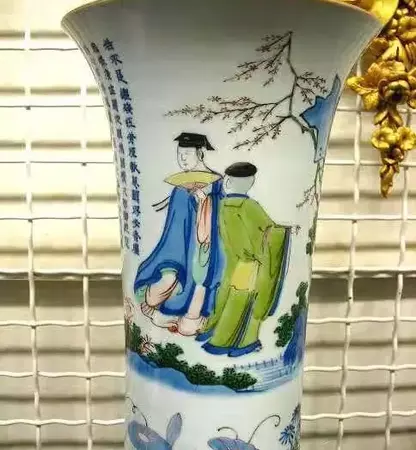Editor: ‘福 fu’, a Chinese character bearing an auspicious meaning of ‘good fortune’, has been used often in Chinese decorative arts. Dr Yibin Ni will tell you some interesting stories related to this character and how the intended meaning is represented in various art forms.
featured image: calligraphy, ink on red paper (detail), Yongzheng emperor (reigned 1723–35), courtesy of Poly Auction House, Beijing
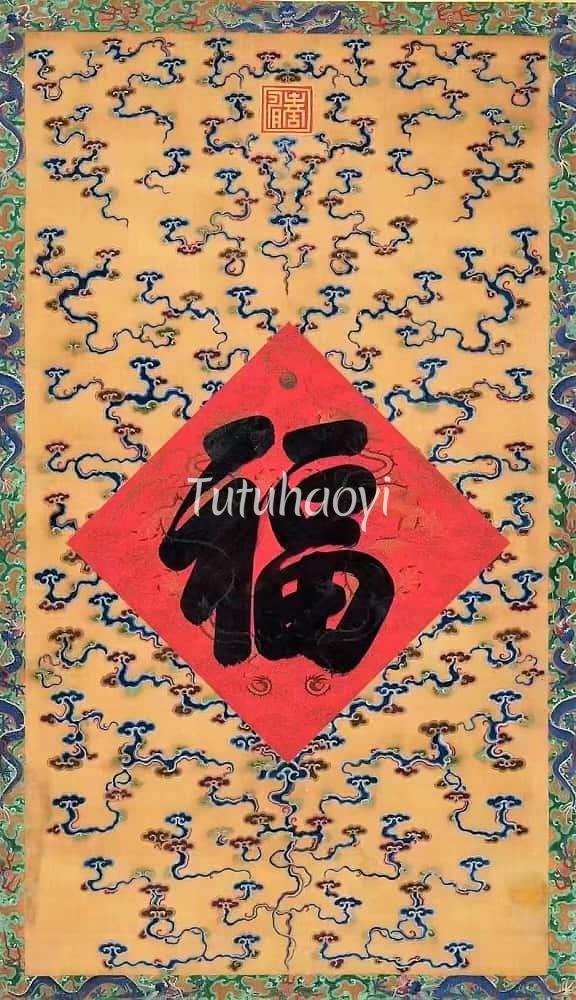
A few days ago, a single calligraphic character ‘福 (fu)’ created by Yongzheng emperor (reigned 1723–35) with an ink-soaked brush pen on paper was sold at the price of 12.65 million RMB at a sale at Poly Auction house in Beijing. This commercial stunt far exceeded what used to be the highest praise for a piece of calligraphy (as well as a literary work) in China: One single character is worth a thousand taels of gold (一字千金)!

In the oracle bone script, the earliest form of the Chinese characters, the pictograph ‘福 (fu)’ consists of a pair of hands holding a wine jar in front of a sacred ancestral symbol. It means that, if the ancestors were pleased properly with right offerings, good fortune would come to bless the descendants.
A single ‘福 fu’ character penned on a square piece of red paper, as is the case of the Yongzheng calligraphy, is displayed on the doors of numerous Chinese households all over the world on the first day of the Chinese New Year. In Stony Calabash (坚瓠集 Jianhu ji), a Qing-dynasty collection of historical anecdotes by Zhu Renhuo (1635 – ca. 1705), there is an account of how the ‘福 fu’ character becoming a poster on people’s front door. One year, Zhu Yuanzhang (朱元璋 1328–98), the founding father of the Ming dynasty (1368–1644), went out to join the popular celebration of the Lantern Festival in plain clothes. He chanced on villagers drawing pictorial riddles mocking at his empress for not having an elegant pair of small bound feet and felt hurt. He then sent for people to prepare ‘福 fu’ character posters and stuck them on doors of those who did not involve themselves in the mischief. The following day, households which were not blessed by the ‘福 fu’ character poster were slaughtered. The custom of posting the ‘福 fu’ character poster on doors during the New Year to secure good fortune was thus established, albeit with a horrible beginning.
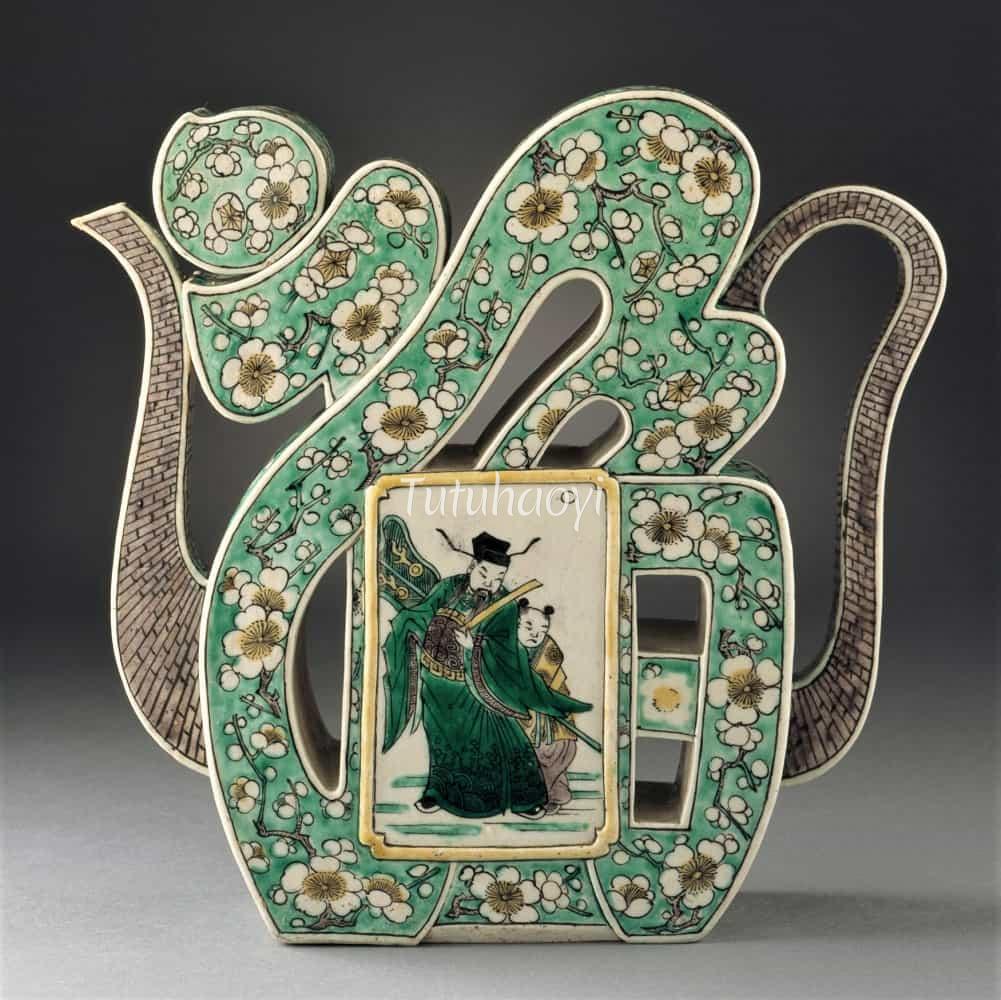
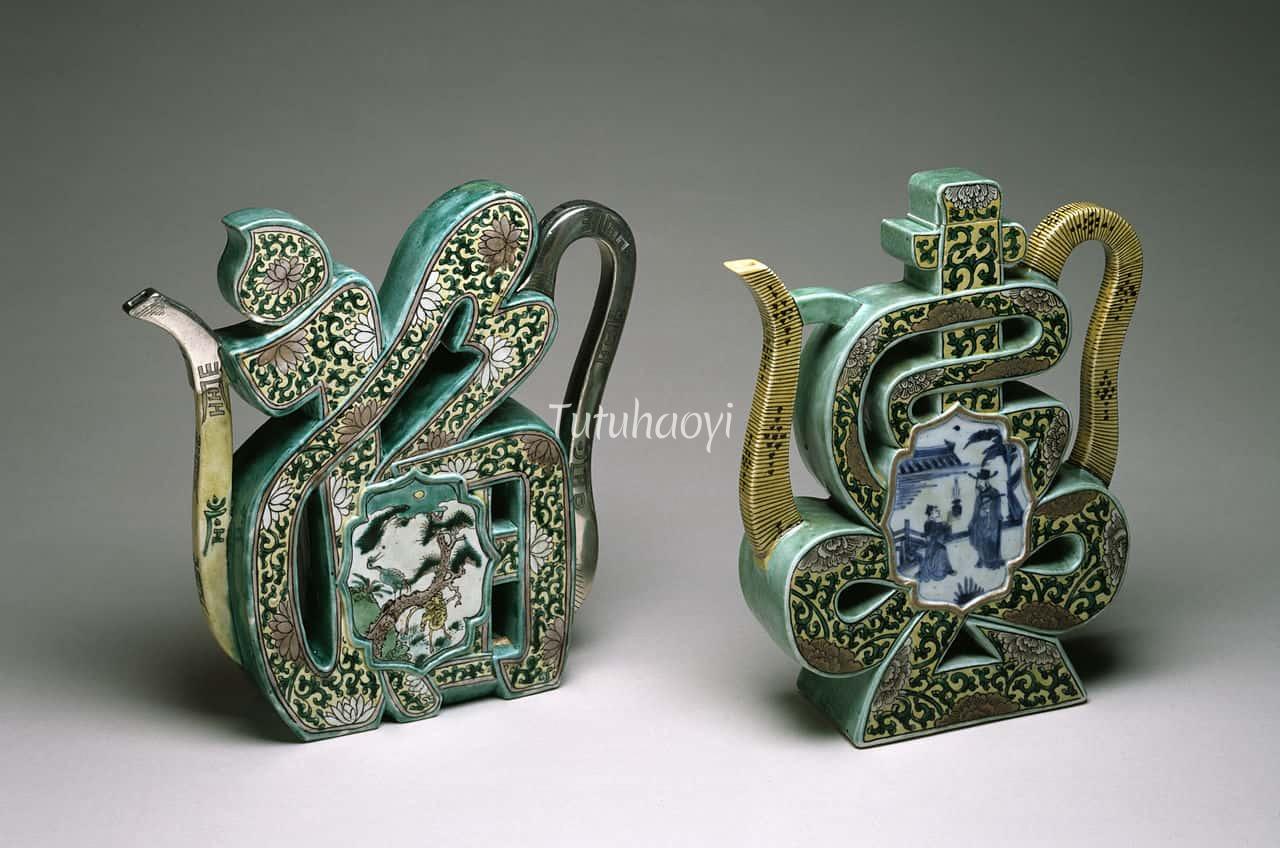
More than two millennia ago, the Chinese had their ideals in life summarised as ‘五福 wu fu’, the Five Blessings, and recorded them in the Book of Documents (书经 Shujing) in the Zhou Dynasty (c. 1046 – 256 BCE). They are ‘longevity 寿 shou’, ‘wealth 富 fu’, ‘wellbeing and peace 康宁 kang ning’, ‘love of virtue 攸好德 you hao de’, and ‘natural death 考终命 kao zhong ming’.
The old and auspicious ideal embodied in the ‘福 fu’ character is often represented artistically with images of bats in Chinese decorative arts. It is not because the Chinese appreciate the appearance of bats, but because ‘蝠 fu’, the Chinese name for bats, happens to pun on ‘福 fu’ for ‘good fortune’.
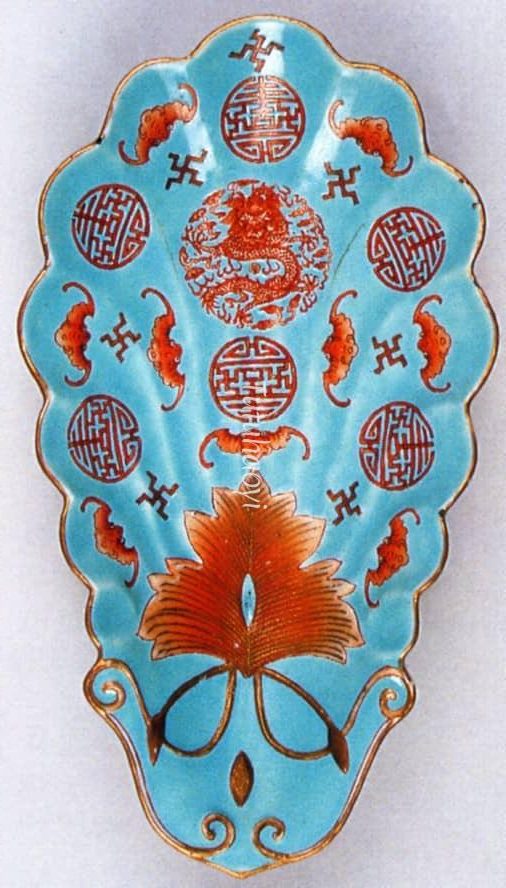
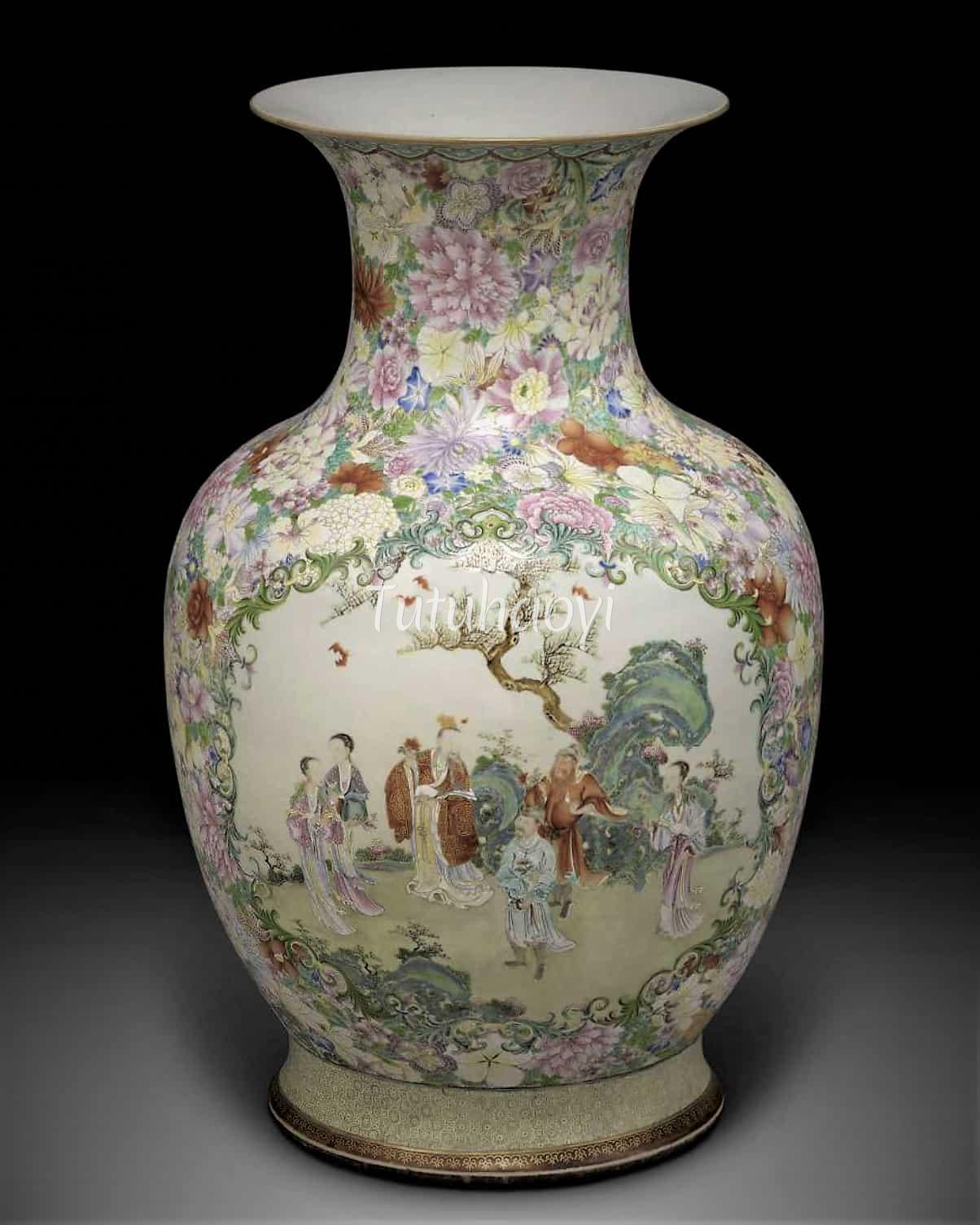
In Late Imperial China, the ‘福 fu’ character was personified by the Star God of Good Fortune (福星 fu xing), a figurine of a male deity, who was one of the trio of the ‘Three Star Gods (三星 san xing)’. The other two companions were the Star God of Emoluments (禄星 lu xing) and the Star God of Longevity (寿星 shou xing).
